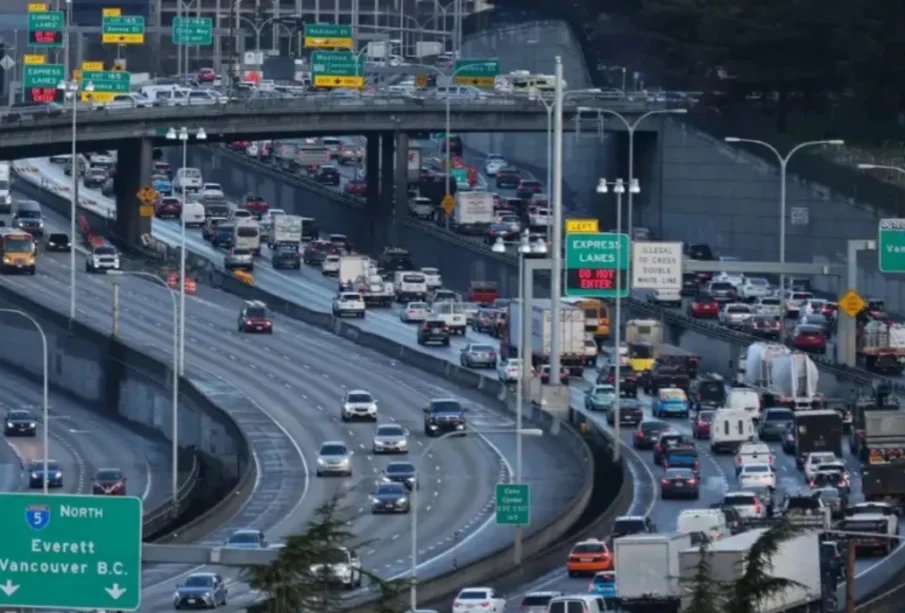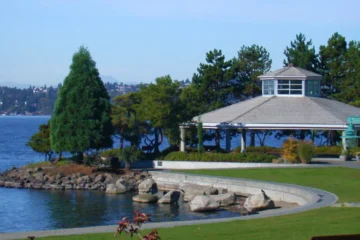What’s Changing at Kirkland’s Waterfront and Why It Matters to the Community

Credit: Karen Ducey / The Seattle Times
Kirkland’s waterfront has long been a prized jewel of the city, attracting residents and visitors with its scenic views, parks, and vibrant atmosphere. Now, in 2025, a major redevelopment project is poised to transform the area, blending improved public spaces, sustainable infrastructure, and new business opportunities. But what exactly is happening at the Kirkland Waterfront, and how will these changes impact the city’s economy, environment, and lifestyle?
This post explores the latest updates on the Kirkland Waterfront Redevelopment, offering an insider’s view on project milestones, design innovations, community involvement, and future prospects. Whether you’re a local business owner, resident, or regional visitor, understanding this redevelopment is key to appreciating Kirkland’s vision for its waterfront as a modern, inclusive, and thriving destination.
Why Is the Kirkland Waterfront Redevelopment Important?
The waterfront redevelopment addresses multiple goals: enhancing public access, boosting the local economy, and preserving Kirkland’s natural beauty.
“This project is about reconnecting people with the lake while fostering economic growth,” said city planner Emma Torres.
The redevelopment is inspired by community feedback emphasizing more green spaces, walkable paths, and an inviting environment for both families and entrepreneurs. In addition, it embodies Kirkland’s commitment to sustainable urban development in harmony with Lake Washington’s ecosystem.
Key Features and Updates on the Redevelopment Project
The waterfront redevelopment is unfolding in multiple phases, each bringing tangible improvements.
Expanded Public Parks and Walkways
One of the most anticipated updates is the expansion of waterfront parks and improved pedestrian pathways. New landscaped promenades will encourage outdoor activity and social gatherings with scenic views of Lake Washington.
Mixed-Use Development
The redevelopment includes thoughtfully designed mixed-use buildings combining retail, dining, and residential spaces. These developments focus on local businesses and restaurants, creating a lively and walkable urban core on the waterfront.
Sustainability and Green Infrastructure
Kirkland is prioritizing green building practices. Stormwater management, energy-efficient designs, and native landscaping minimize environmental impact while enhancing aesthetics.
Community Engagement: Voices Shaping Kirkland’s Waterfront
Community input has been central throughout the project. Public forums, surveys, and workshops have shaped priorities around accessibility, cultural inclusion, and recreation.
Residents have voiced strong support for features like:
- Inclusive playgrounds and family-friendly amenities
- Art installations celebrating local heritage
- Improved boating and water access for all skill levels
“This redevelopment reflects the community’s vision, making Kirkland’s waterfront welcoming and vibrant,” said local artist Naomi Chen.
Economic Impact: What Businesses Can Expect
The revitalized waterfront is expected to boost local commerce by increasing foot traffic and attracting tourism. New commercial spaces are tailored for startups, hospitality, and retail focused on experiential offerings think lake-view dining, boutique shops, and watersport rentals.
The city anticipates:
- Job creation across hospitality, retail, and services
- Strengthened small business ecosystems through supportive zoning
- Opportunities for entrepreneurs to innovate within a picturesque setting
Experts predict the redevelopment could increase visitor spending by 25% over the next five years.
Balancing Development with Environmental Stewardship
Protecting the natural environment remains a cornerstone of the waterfront vision. The city is working closely with environmental groups to safeguard Lake Washington’s water quality and native habitats.
Initiatives include:
- Restoring shoreline vegetation to prevent erosion
- Installing permeable surfaces to reduce runoff
- Incorporating educational signage about local ecology
This focus ensures that economic and recreational benefits do not come at the expense of the lake’s health.
What Are the Timeline and Next Steps?
The redevelopment is planned in phases extending through 2027:
- Phase 1 (2024–2025): Park expansions, initial mixed-use construction, and pathway improvements
- Phase 2 (2026): Completion of commercial buildings, marina enhancements, and public art installations
- Phase 3 (2027): Final landscaping, community spaces, and adaptive infrastructure upgrades
The city encourages residents and visitors to stay engaged through upcoming public meetings and project updates on Kirkland’s official channels.
Kirkland’s waterfront redevelopment is more than a construction project it’s a bold reimagining of community life along one of the region’s most treasured natural assets. As old charm blends with cutting-edge urban design and sustainability, the waterfront’s future shines bright.
FAQs on Kirkland Waterfront Redevelopment
Q1: What are the main goals of the Kirkland Waterfront Redevelopment?
The redevelopment aims to enhance public access, boost the local economy, and preserve the natural environment along Kirkland’s lakefront.
Q2: How will the redevelopment affect local businesses?
New mixed-use spaces will create opportunities for startups, retail, dining, and hospitality businesses, increasing foot traffic and tourism.
Q3: What sustainability measures are included in the project?
The project features green infrastructure, native landscaping, stormwater management, and erosion control to protect Lake Washington’s ecosystem.
Q4: How is the community involved in the redevelopment?
The city has held public forums and surveys to incorporate resident input on amenities, accessibility, and cultural elements.
Q5: When will the redevelopment be completed?
The phased project is scheduled to conclude by 2027, with key park expansions and mixed-use developments already underway.








